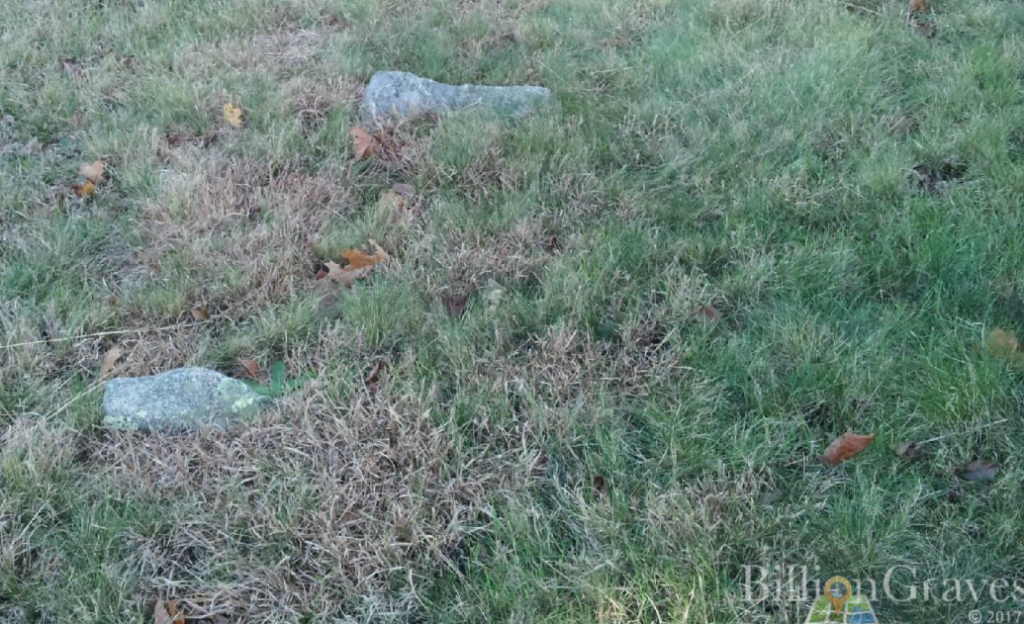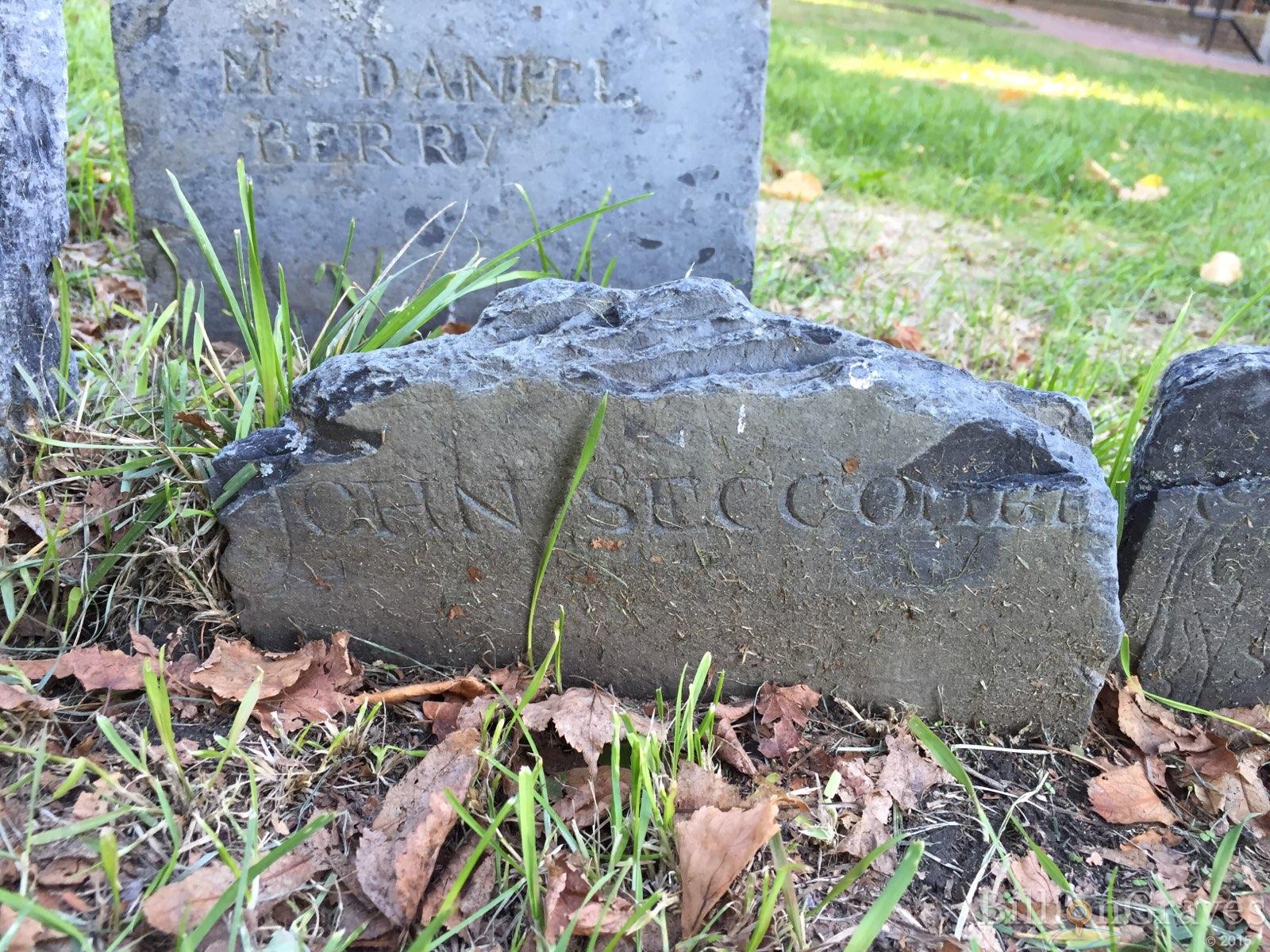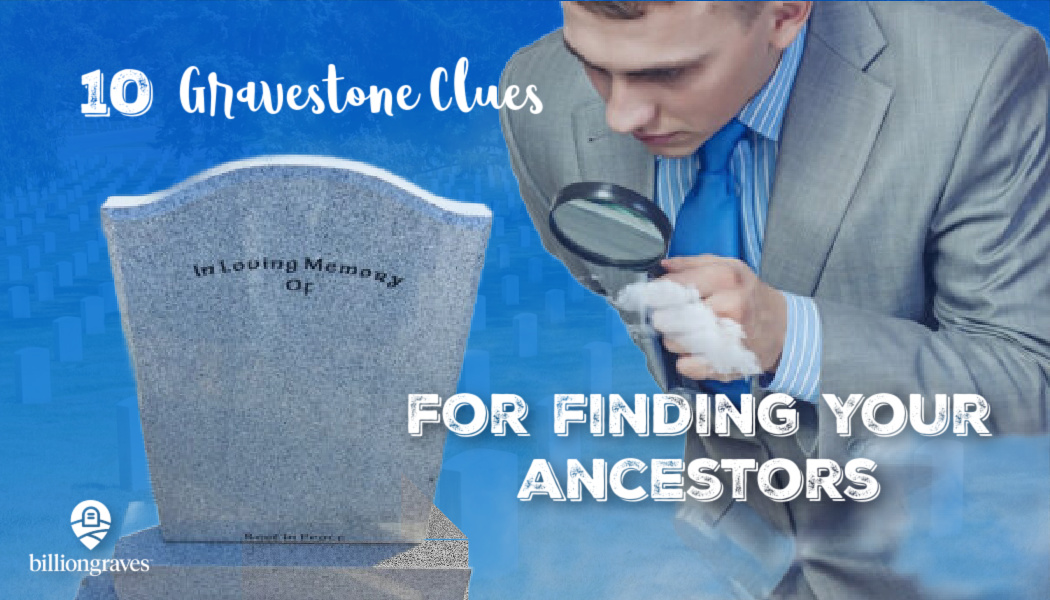Gravestone clues may be just the thing you need to break through your genealogical brick walls and find your ancestors! Headstones are frequently overlooked as tools for family history research but YOU can be a gravestone detective!
Even if you know the names and key dates relating to your ancestors, their gravestones might supply surprising information not found anywhere else. Gravestone clues can help you find additional relatives, give you a sense of your ancestor’s personalities, and provide further ideas for research.
In order to locate a gravestone, you first need to find the cemetery location. This can be done by using death certificates and obituaries.

After you arrive at the cemetery, you will need to find the gravestone.
If the cemetery has not been documented yet, you could visit the cemetery office or just walk up and down the rows until you spot the right names. But wait . . . if the gravestones have been photographed with the BillionGraves app, just enter a name and/or date in the app on your phone and you’ll be walking right to the gravestone in just minutes!
Click HERE to check out the BillionGraves blog post titled How to Find a Gravestone at the Cemetery for a step-by-step guide.

Wouldn’t it be nice if every gravestone was as detailed as this one? It’s a genealogist’s dream!
This gravestone reveals the following information about the deceased:
- full name
- parent’s names
- birth year
- spouse’s name
- residence
- occupation
- relocation
- death date
- and more
Imagine if an entire family plot was filled with gravestones like this one! Genealogy would be a snap!
But even if a final resting place does not look like this, there are still many ways you can use gravestone clues to grow your family tree.
Gravestone Clues to Grow Your Family Tree: #1 – Names
When you locate your ancestor’s gravestone, you may discover their full legal name, maiden name, and or even their nickname.

In some cultures – African and African American in particular – it is very common for everyone to have both a legal name and a nickname. They are usually referred to by their nickname for their entire life. Even their closest friends and family may not have heard their full legal name until after they die – but their entire community knows their nickname.
This gravestone above is for “Sunny” and “Baby Doll”.
Gravestone Clues to Grow Your Family Tree: #2 – Relationships
A gravestone may include much more than one name. You’ve probably seen gravestones that list a husband and wife.
Sometimes the backside of a gravestone will list all of the children in the family. A gravestone may also include the names of several generations of family members.
Angela Pecoraro Guido of Meriden, Connecticut transcribed more than 50,000 gravestones during her first year of volunteering with BillionGraves.
She said, “I believe that in life, it is important to give back especially to causes that matter to you. I have no idea if anyone is going to be looking for a gravestone that has been photographed and transcribed. I can hope though that if they are, our work will give them the answers they are seeking.”
Records for women are harder to find without a maiden name, so Angela makes sure to record their maiden name and relationships when she is transcribing.

She said, “The words ‘wife’, ‘mother’, or ‘grandmother’ on the gravestone are clues to look for a marriage record, a birth record, and perhaps a child’s marriage record as well. So much information can be gathered off a gravestone if you stop looking at it as just another name and a dash.”

A relationship title can also give a clue of which records to not spend time looking for. For example, if a gravestone has a title like “uncle”, as this one does, you can be fairly sure that this man was not a father or grandfather. You can just start looking for his siblings and their children – which would have been his nieces and nephews.
Even if you can’t visit your ancestor’s cemetery in person, you can use the BillionGraves Plus feature to see who is buried in nearby graves.
Gravestone Clues to Grow Your Family Tree: #3 – Residence

It’s a great discovery when a gravestone shows birth and death locations or residences.
Gravestone Clues to Grow Your Family Tree: #4 – Cause of Death
This gravestone from Narracan Cemetery in the Shire of Baw Baw, Victoria, Australia lists the cause of death for most of the family members.

- John W. Cornthwaite, Accidentally Drowned at Thorpdale
- Our Baby Emily
- George Telford, Accidentally Drowned
- William Moffat, Killed in Action in France
Finding the cause of death on a gravestone can give you clues to go look for death records, newspaper articles, examiner’s reports, or military records.
Gravestone Clues to Grow Your Family Tree: #5 – Stories

Once in a while you’ll hit the jackpot and find a family story on your ancestor’s gravestone!
Gravestone Clues to Grow Your Family Tree: #6 – Photos
Photos bring ancestors to life! They can instantly make us feel as if we know those that went before us.
Most often we look for ancestors’ photos in family albums but they can also sometimes be found on gravestones.

Photos have been customary on Chinese gravestones for generations.
In more recent years, other cultures have adopted this custom as well.
Lucky you, if you find one on your ancestor’s gravestone!
Gravestone Clues to Grow Your Family Tree: #7 – Time Period Based on Gravestone Materials
Sometimes gravestones have names on them but no dates. Fortunately, the type of stone used to create your ancestor’s gravestone may give you a clue about when they lived.
Here are some common types of materials used for grave markers during specific time periods:
Fieldstones – Prior to 1650s
Fieldstones were the earliest grave markers. They were easy to find and abundant.
Early farmers had to clear rocks from their land for planting and they had to do something with them – why not turn them into gravestones!?
Fieldstones were long-lasting and could be chiseled with letters, dates, and ornamentation.

Some were non-quarried stones that could easily be mistaken for a rock-strewn field rather than a family’s final resting place.

Others were slabs of rock laid on top of other stones. This one is for George Babcock, who lived from 1673 to 1756 and is buried in Rhode Island.
Slate – 1650s to early 1900s
From 1650 to 1900, most of the gravestones in the eastern United States, like this one in the Boston, Massachusetts area, were carved from slate.

Slate can withstand freezing and thawing pretty well but is thin and has a tendency to flake and split. The engravings were often shallow, but are usually very readable as long as they do not flake off from the main part of the stone.
Sandstone – 1650s – late-1800s
Sandstone was inexpensive, plentiful, and easy to carve so it became a very popular material for gravestones. Sandstone grave markers may be tan, brown, orangish-brown, or reddish-brown.

Sandstone is an especially soft material for grave markers. It is prone to flaking, chipping, and is suseptible to mold and lichen growth. Sandstone can deteriorate quickly, turning back into the sand from which it was formed.
Limestone – mid-1700s to late 1800s
Limestone was popular in the midwestern United States. It can be beige to gray to pure white and is easy to carve.

Marble – 1780s – 1930s
Marble has been favored for monuments for generations due to is strength and beauty. It is often white with gray veins.

This marble piano is the gravestone of Harry Thornton, a concert pianist. He and his wife entertained troops during the First World War.
Thornton died during the 1918 flu epidemic and is buried at Highgate Cemetery in London, England.
The epitaph on the side of the piano reads, “Sweet thou art sleeping; cradled on my heart; safe in God’s keeping; while I must weep apart.”
Granite – mid-1800s to present
Granite is a hard, long-lasting stone and is the preferred type of gravestone material still in use today.

It used to be difficult to carve granite and only the most-skilled tradesmen could work with it. But with today’s modern technology, carving into granite is not a problem.
If your family member’s gravestone is made of granite, they probably died after the mid-1800s.
Gravestone Clues to Grow Your Family Tree: #8 – Clubs
The type of tombstone your ancestor has on their grave may show that they belonged to a particular club or fraternity.

The first time I saw a Woodmen of the World gravestone at a cemetery, I did a doubletake. It looked so real that it blended in with the surrounding trees, appearing at first to be part of nature.
Why would anyone want a headstone that looked like a realistic tree stump? Well, it is a symbol for the Woodmen of the World, the fraternity-turned-insurance-company.
In 1882, founder Joseph Cullen Root heard a church sermon about pioneer men who were clearing the forests to provide for their families. It inspired him so much that he wanted to help provide for others too – particularly those who were too poor to afford a proper burial. So Root started a fraternity designed for the common man so no one would have to die without life insurance.
Rustic treestones were already popular when the Woodmen of the World organization was founded in 1890, but the fraternity made them even more popular. The company motto states that “no Woodmen shall rest in an unmarked grave.”
Click HERE to learn more about gravestone club and fraternity symbols in other BillionGraves blog posts.
Gravestone Clues to Grow Your Family Tree: #9 – Religion
If there are symbols on gravestones they are especially likely to reveal your ancestor’s religion. Some of the symbols may include crosses, a temple, Mary and Joseph, a sacred heart, or the Star of David.
Here is a chart of some common religious gravestone symbols:

Gravestone Clues to Grow Your Family Tree: #10 – Occupation
You may be surprised to discover the job that gave meaning to your ancestor’s life explained right on his or her gravestone!

This gravestone was placed in a Boston cemetery by an art guild for Gilbert Stuart, the artist who painted this portrait of the first US president George Washington:
Check out this amazing gravestone:

It lists occupations for the entire family . . . pianist and mountaineer; nurse; mariner and engineer; and diplomat. Gravestone clues like this can lead you to all kinds of genealogical records!
It is fascinating to learn about our ancestor’s jobs! Click HERE for some fun stories on BillionGraves’ blog post Occupational Gravestones.
Now that you are armed with 10 gravestone clues for finding your ancestors, you are all set for practicing your genealogical detective work! “Elementary, my dear Watson, elementary!”
Would you like to know more about using gravestone information to find your ancestors? Click HERE for a BillionGraves blog post titled Using Gravestone Clues to Grow Your Family Tree.

Volunteer to Take Photos of Gravestones
Would you like to get started taking photos of gravestones to help others find their ancestors and grow their family tree? Just click HERE. It’s easy and it’s fun!
You are welcome to do this at your own convenience, no permission from us is needed.
If you still have questions after you have clicked on the link to get started, you can email us at Volunteer@BillionGraves.com. We’ll be happy to help you learn to use the BillionGraves app, find a cemetery that still needs to have photos taken, or plan a group project.
Happy Cemetery Hopping!
Cathy Wallace and the BillionGraves Team



